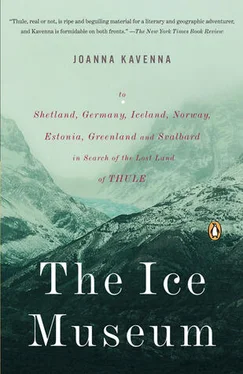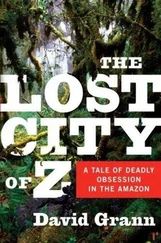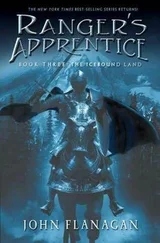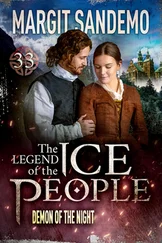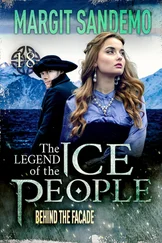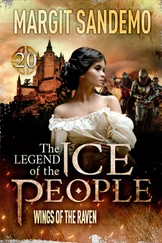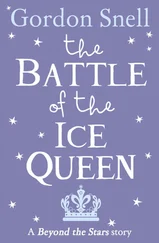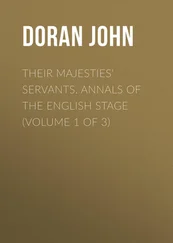The earlier writers marked out a time when vast plains stretched into darkness, and the sea was an intimation of ancient emptiness, and everything that lay beyond the circle of familiar experience was a playground for all the fabled beings of mythology. Later, others watched the calm and sober lines of the northern landscape appearing, new stories from the north revealing forests and great rivers, ice floes drifting on an empty sea, and the mists curling at the base of ancient slabs of stone. For a time, a simple answer was enough, the simple selection of a country: Iceland, Norway, or Britain. There were agonistic arguments, between self-appointed experts, determined to end the debate. There were parodies, there was Pope grouching about flaccid verse, like the dank offerings of Thule, there was Goethe making fairytales from it, Shelley, Godwin, Poe, all throwing it in for a piece of scene-setting or mere atmosphere.
Sustained talk of silent spaces, the expression of a sense of fascination for snow-bound plains, light falling across ice crystals, forming a rainbow of colours, and a sense of the strangeness of long twilight days, the swart nights, and those moments when the longing for home called like a clarion cry across the ice. There had been a terrible pause, when the conversation had been taken over by brutal rhetoric, but gradually the voices had sounded again. Tentatively at first, growing more confident.
In my mind there was a blank spot, a vast white patch, the most northerly island. I turned to the ice mountains of Greenland. Seeking to draw the strains together, I turned to a forbidding ice-plain, at the edge of the maps, spreading towards the frozen ocean. Greenland had nothing to do with the original idea of Thule. Pytheas could hardly have sailed so far. In all the learned expositions, all the mutterings of clerics and geographers, no one had ever seriously claimed that Greenland was Thule. The ancient ice field had nothing to do with the argument across millennia, with all the writers and explorers and adventurers proposing their theories. But it had everything to do with the twentieth century, and with the recent history of Thule. It had everything to do with the post-war world that Meri had described, though it was still remote, still a distant and almost inaccessible place.
It was a question of modern cartography: on the global map, there are two places called Thule, both twentieth-century creations. In 1910 a Danish explorer called Knud Rasmussen set up a trading post in the far north of Greenland and called it Thule. He named the local people the Thule Inuit and set out to study their traditions in a series of Thule Expeditions. Rasmussen used Thule to define the barren wilderness he called home—a place both remote and domestic to him, a place where he was an outsider, but where the local people tolerated him because he spoke to them in their language, and sold them guns. Rasmussen pinned the word Thule to the whiteness of Greenland, the most northerly land, the largest island in the world, a land stretching as far as the frozen ice around the North Pole.
Thule, a distant place, a settlement at the edge of the world, turned out to be in the middle of the Cold War. In the 1950s, the US Military found that Thule was equidistant between New York and Moscow, as the bomber flies. They built an air base there, and called it Thule. They moved the local Inuit population away to another Thule, a new settlement further north. Thule became a Cold War outpost, at 76° N. Thule Air Base was a staging post for nuclear bombers during the Cold War. It was part of a general trend—it was during the Cold War that the Arctic ice became so useful to the US and the USSR as a great blank hiding place for nuclear submarines, nuclear missiles and nuclear waste; a site for frigid operations, scattered with secret outposts. The frozen ocean around the North Pole became a no-man’s-land. The vast ice-heart of Greenland lay at the centre, between hostile nations.
I flew back from Tallinn to London, and took to phoning around, trying to find a way to the ice island. I sat in the flat in London and stared at the Westway, at the fleets of cars waiting patiently to move forward. As I prepared to travel again, Greenland was no longer a frost virgin waiting for violating footsteps, but it was still covered in a thick and ancient mound of ice, ice so heavy it had crushed the land, forcing it down into the sea. The inhabitants—there were barely sixty thousand—lived along the coasts, in the few ice-free regions. Greenland was an immense ice-plain, and the thought of it fascinated me as a monstrous and indefinable shape might fascinate a child, innocently unaware of the terror it represented.
It was still remote. Getting to the Almost Unknown Country was a major problem. I made calls, and the quotes reached thousands for flights and helicopters, because the regular coastal ships stopped south of Thule. I tried to track down scientific research ships; I tried to persuade the US Military to fly me there in a B-52. But there weren’t any B-52s flying to Thule, they said. I began to lose impetus. The city was sliding out of summer. People began to button up their coats as the sun grew paler, as the wind gusted around the streets. I was beginning to think the trip was off, the season was too late, but I still had an urge to get to this Janus-Thule. Following more and more implausible leads, calling up people who failed to disguise their confusion, I finally found an independent scientist who said he might be able to help.
He told me to meet him at his house in Hampstead. It was a house in a quiet street by the Holly Bush pub, its windows covered in dirt, ivy crawling up the walls. I arrived early and the door was opened by a man wearing dungarees, who led me into a small room and told me to wait. I sat shivering as a cold breeze rattled the panes. Scratched wooden shelves lined the walls. There was a woman sitting at a desk in the corner, reading, who nodded brusquely as I walked in. She wore a starched white blouse and half-moon glasses on the bridge of her nose. She was staring at me over her glasses. I glanced at her immense pile of books. The Behaviour of Reptiles. The Analysis of Plants .
I picked up a book from the shelves, flicked through a few pages, and meant to put it back on the pile. Then I dropped the book on the floor, and as I leant to pick it up I caught her staring at me again with an expression of fixed irritation. I smiled apologetically and began flicking through the pages again, conscious of her glare upon me. She did not want to leave me alone. She was like a missionary of an uncompromising church, and when I looked up again she was almost waggling her finger.
Someone arrived to fetch me, a thin man with a coat as shapeless as a shawl, slung around his shoulders. The house was full of inexplicable people. The woman sighed as I stood, as if mourning the loss of the fight, and stared me out of the room. I followed the thin man through rows of books, and reached a double door standing ajar. The man wafted me up an unswept staircase, where there were dustballs as big as my fist in the corners of the steps, and intricate cobwebs fastened to the banisters. He walked with downcast eyes, responding in monosyllables to my attempts at small-talk. Nice weather. Yes. Nice staircase. Yes. You work here a lot? Yes.
At the top of the dust-stairs was a map of the Arctic Ocean, the countries curving around the top of the planet, sliding towards each other. The map was decorative; there were pictures of significant explorers stuck to a few of the patches of white—Nansen’s head poking out of Greenland, Robert Peary pinned to the North Pole, and Amundsen with an airship. Greenland was a vast country in the shape of a bloated slug, with the word THULE stamped on its north-western coast.
Читать дальше
